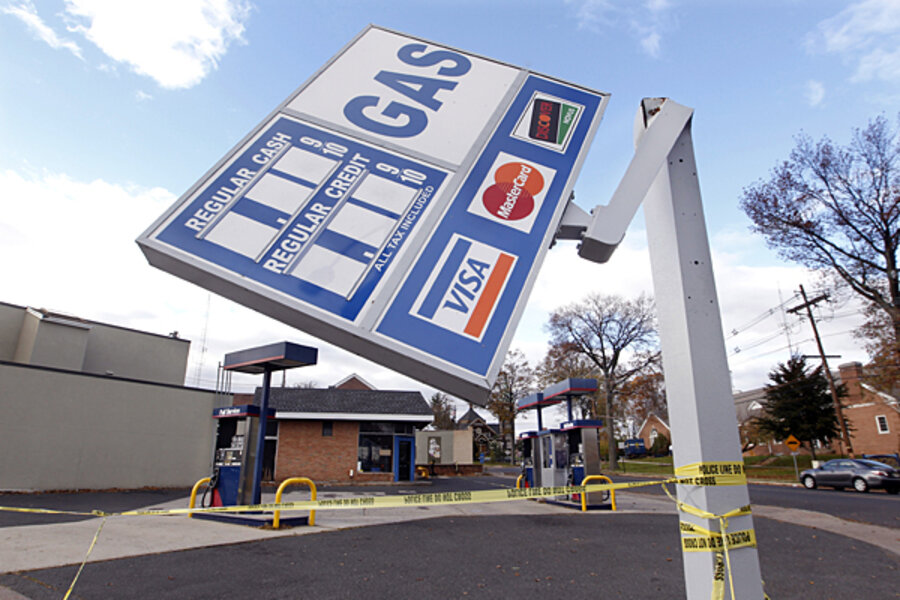Gas prices continue to drop
Loading...
A combination of the effects of a fall in California pump prices, the reduced demand caused by the fuel shortages seen in the aftermath of Hurricane Sandy, and lower crude prices have led to the most substantial drop in gas prices seen in the United States since 2008.
Down an average of 20.75 cents since October 19, the average price at the pump across the country now stands at $3.54 per gallon.
The fuel situation in California has had a major role to play in influencing prices in other states, following a sharp 49 cent decrease at the pump after extreme price increases during October that came as a result of production problems at refineries on the west coast. Not all is sunny in the Golden State, however; drivers in San Francisco are still facing prices as high as $4.05 per gallon. (See more: Fuel Shortages Cause Disruption in Wake of Hurricane Sandy)
Another major contributor to the nation’s fuel savings is Hurricane Sandy, the so-called superstorm that left New York and New Jersey effectively cut off from the world, vastly reducing travel and other forms of fuel consumption in the most densely populated part of the country. Even as suppliers work to bring gas into those states for those desperately waiting for it, pent-up demand and severely damaged infrastructure is forcing only relatively small amounts to be sold and consumed, even with the area’s refineries coming back online.
Despite the low prices being enjoyed by their fellow citizens, hard-hit New Yorkers will have to shell out an average of $3.93 per gallon as prices continue to shoot up in that state due to extreme fuel shortages; those in New Jersey are being spared those higher prices as merchants are legally allowed to raise prices by a maximum of 10 percent during a state of emergency. (Read more: Why Sandy’s Impact Will Differ From Katrina)





